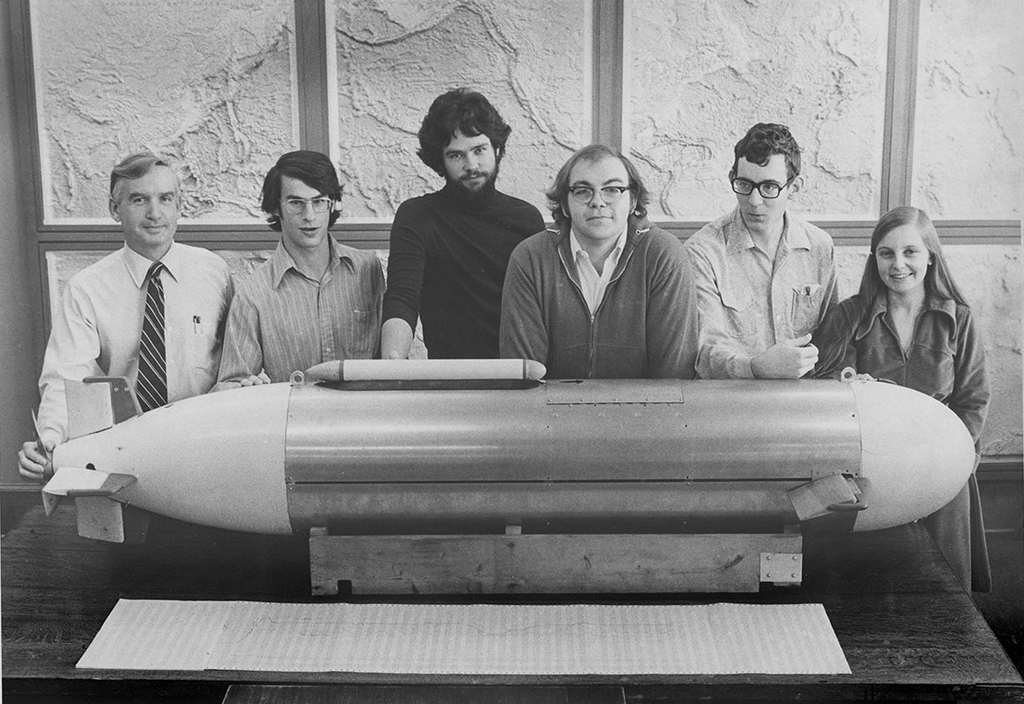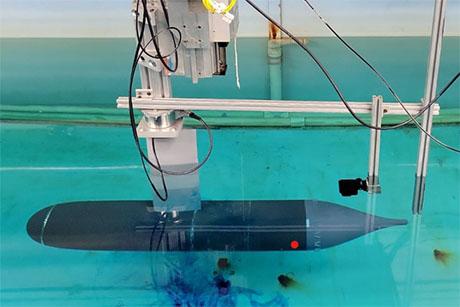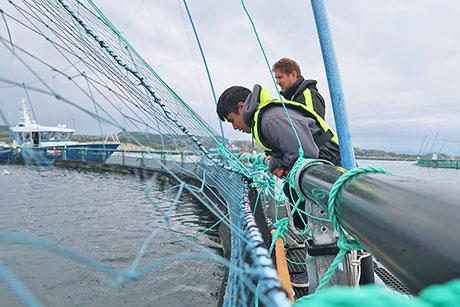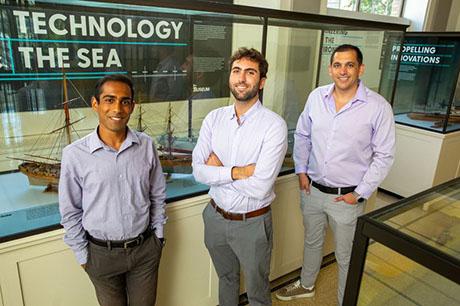Professor A. Douglas Carmichael, Leading Ocean Engineer, Passes Away at 86
Highly regarded thermodynamicist is remembered for his dedication to hands-on undergraduate experiences.
Professor Emeritus A. Douglas Carmichael passed away peacefully following a brief illness on November 9, 2015, at the age of 86.
Professor Carmichael was a highly regarded thermodynamicist with a specialty in steam and gas turbines for ship power and propulsion. He was a Professor of Power Engineering in the Department of Ocean Engineering at MIT from 1970 to 1996, and was a lead developer of the first autonomous underwater vehicles.
Professor Carmichael earned his BSc in mechanical engineering from London University in 1949 and his PhD in mechanical engineering as a Whitworth Senior Scholar at Trinity College Cambridge, England, in 1958. After graduation, he worked at Bristol Siddeley, later Rolls Royce, as head of the Aerodynamics Department, designing gas turbine blades for the Olympus engine used in the Vulcan V bomber and later the Concorde SST.
He continued to work in industry for several years, as chief engineer at Dracones, Limited, developing a flexible oil barge and researching materials, handling, and hydrodynamics; and then as a senior project engineer for Northern Research and Engineering in Cambridge, Mass., focused on gas turbines and compressor design. He joined Imperial College in London as a research fellow for four years, supervising several graduate students, then transitioned to English Electric Company as a technical advisor for large steam turbine design. He joined the MIT Department of Ocean Engineering as a Professor of Power Engineering in 1970, where he conducted experimental and analytical research for the prevention of contamination of ballast water in tankers.
Professor Carmichael was one of the first ocean engineers to work on autonomous underwater vehicles, and in fact, along with a team of students in the mid-1970s, built the first MIT AUV.
He was also well known at MIT for his mentorship and dedication to undergraduate students. For eight years, from 1988 to 1995, Professor Carmichael was the faculty director of MITES, the Minority Introduction to Engineering and Science, a rigorous six-week residential academic enrichment program for promising high school seniors who come from underrepresented or underserved communities. He was also known for the trips he took the OE undergraduates on to Castine, Maine, for a multi-week summer lab, which included testing the AUV the students had built during the previous year.
“Professor Douglas Carmichael was an important contributor to undergraduate education in the Department of Ocean Engineering, particularly in giving students rare real-world experiences and literally getting their feet wet,” says Professor J. Kim Vandiver, who himself credits Professor Carmichael with crucial support as he began his career as a professor in the Department. “He was devoted to hands-on, experiential learning for our students.”
Professor Carmichael was also an accomplished jazz clarinetist who took great delight in being a member of two Jazz/Dixieland bands, The Ancient Mariners and the Newton Swing Band. The Ancient Mariners also included Professor Jake Kerwin and his wife Marilyn and often entertained at MIT gatherings and celebrations.
He was a Fellow of the Society of Naval Architects and Marine Engineers as well as Northeast Regional Vice President from 1991-1994. He was also a member of the Advisory Group on the Intercooled and Regenerated Gas Turbine Engine at the Naval Sea Systems Command, and a consultant to several companies and organizations.
Professor Carmichael is survived by three loving children, Gillian Teixeira, ’75, of Harvard, Mass., Alison Saylor of Carlisle, Mass., ’80, and Peter Carmichael of Carlisle, Mass., ’81, as well as 11 loving grandchildren.



